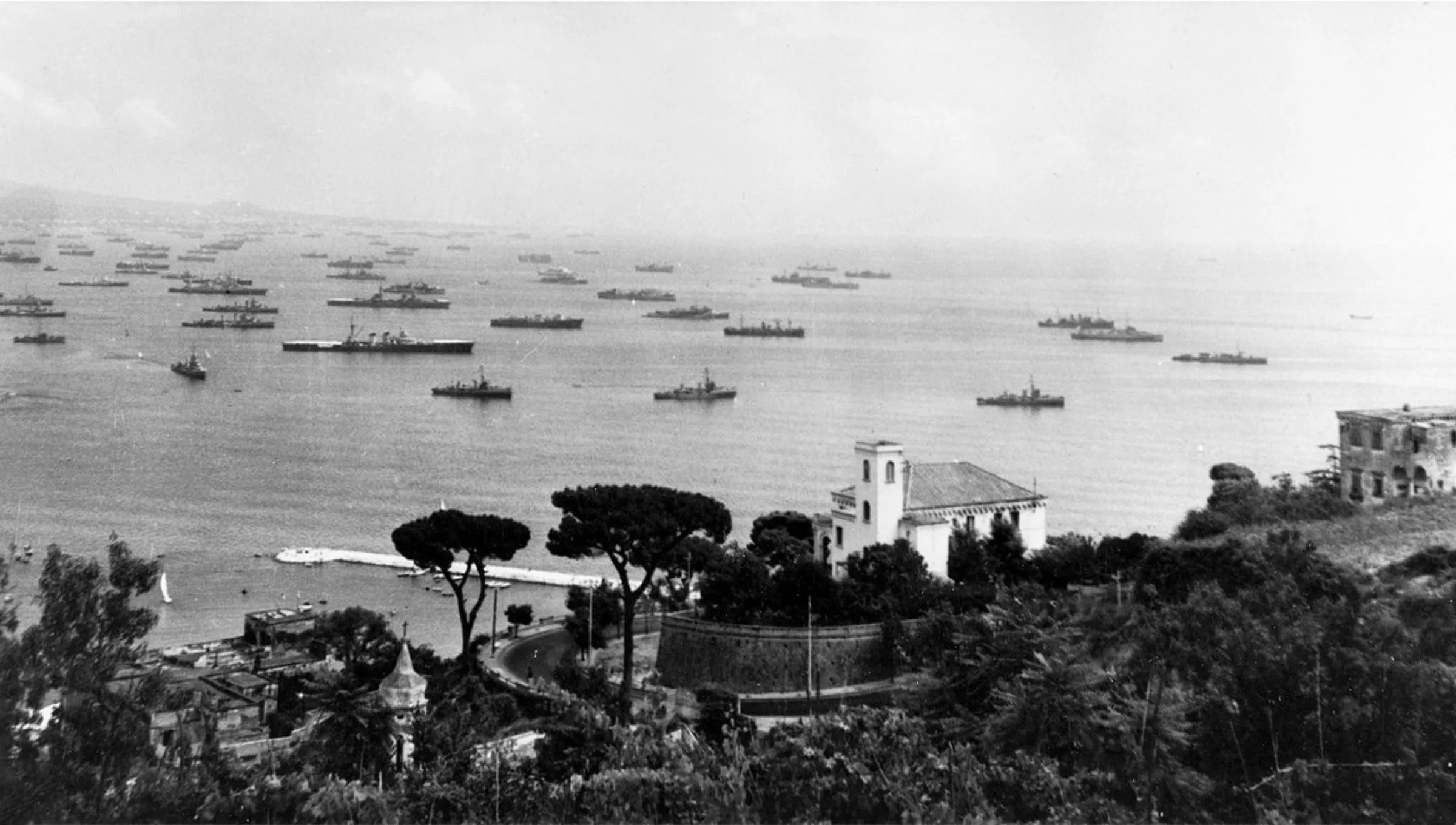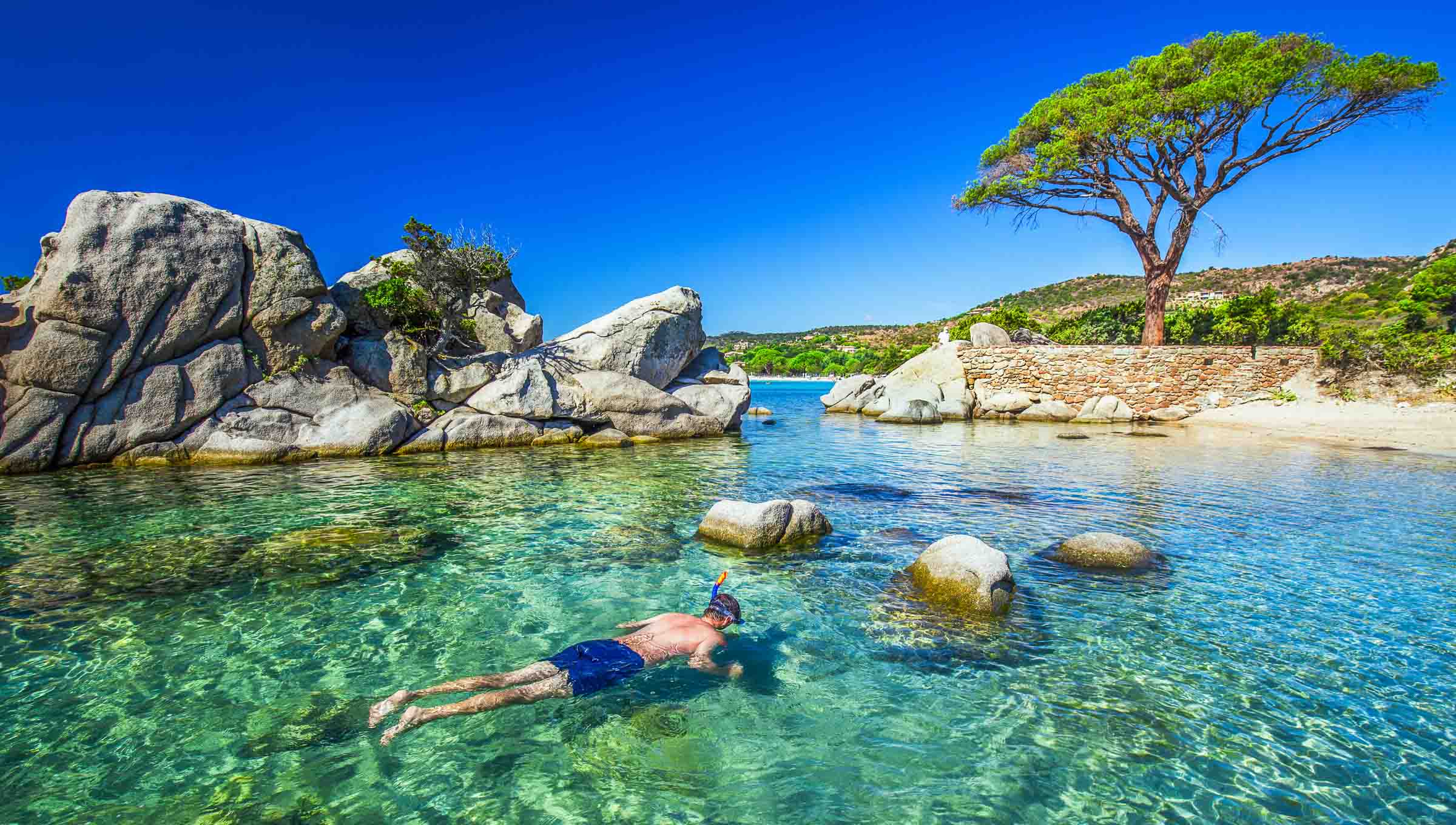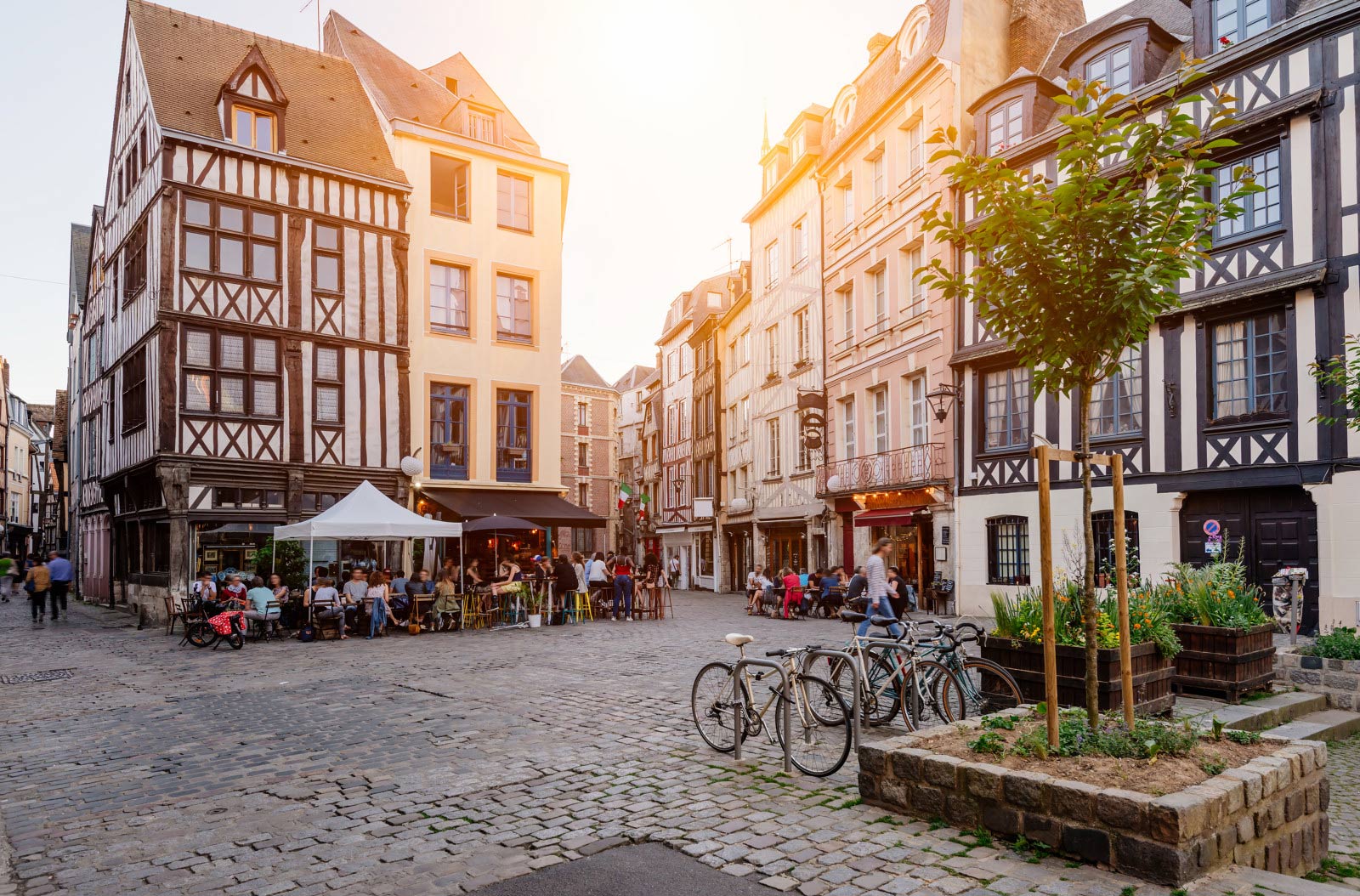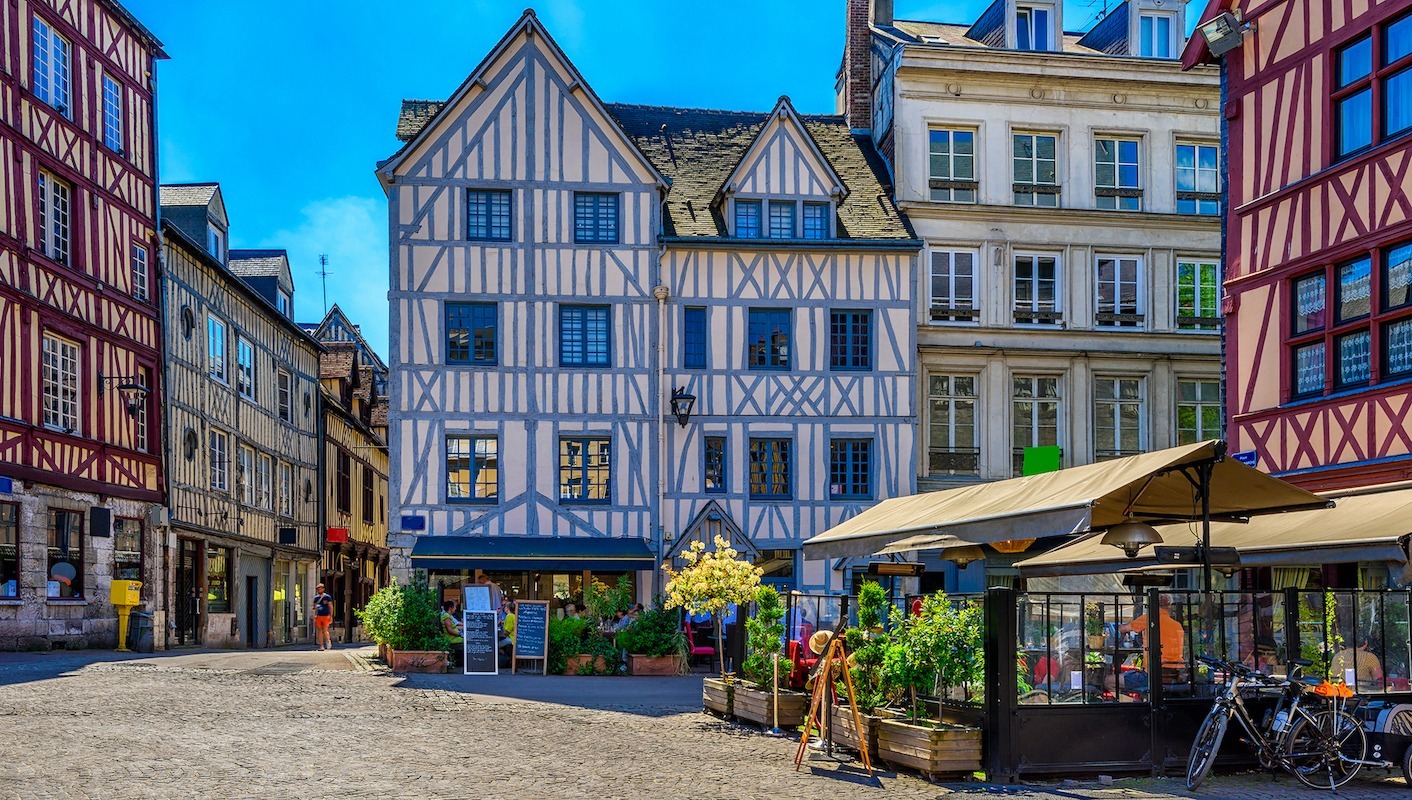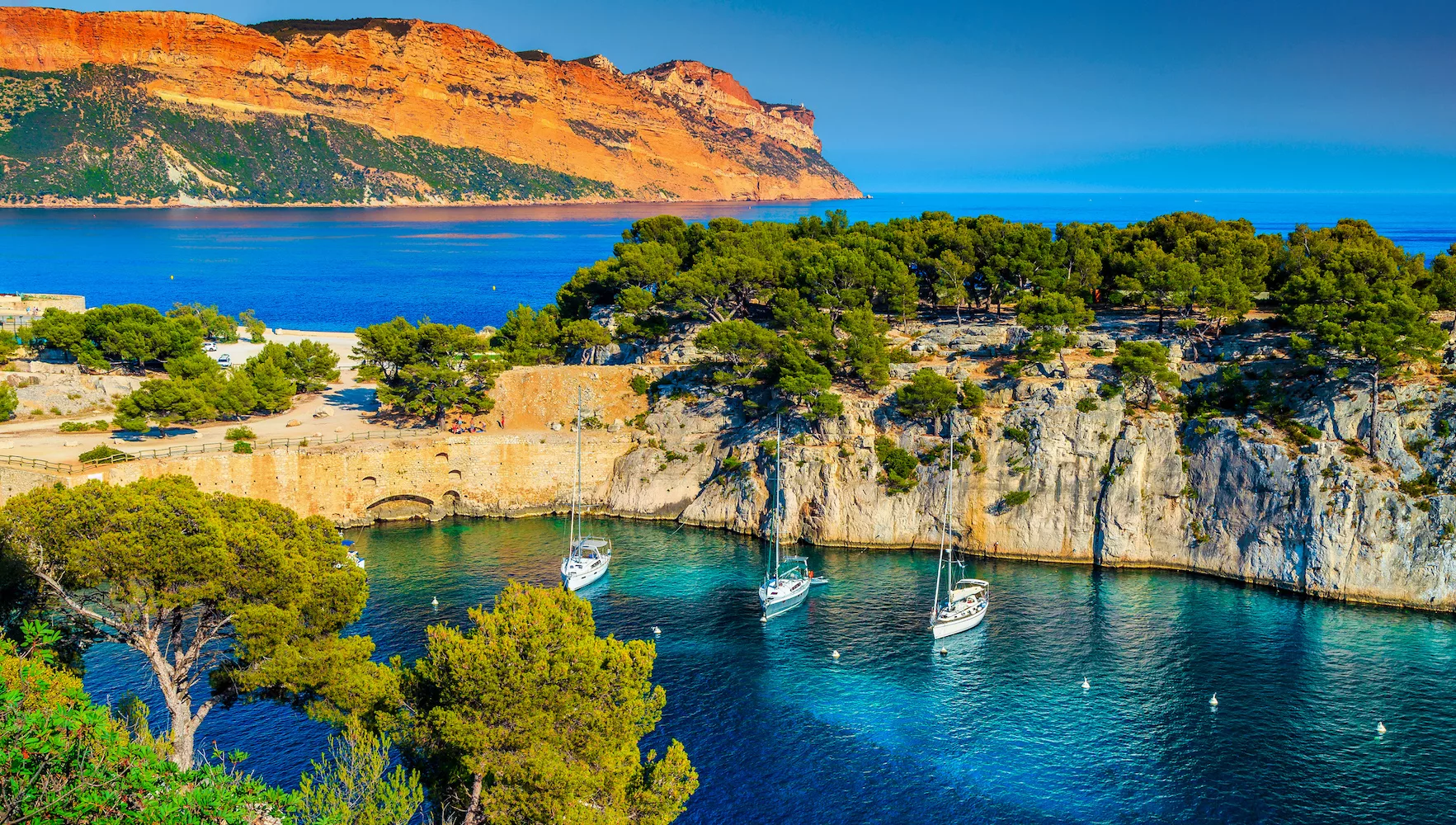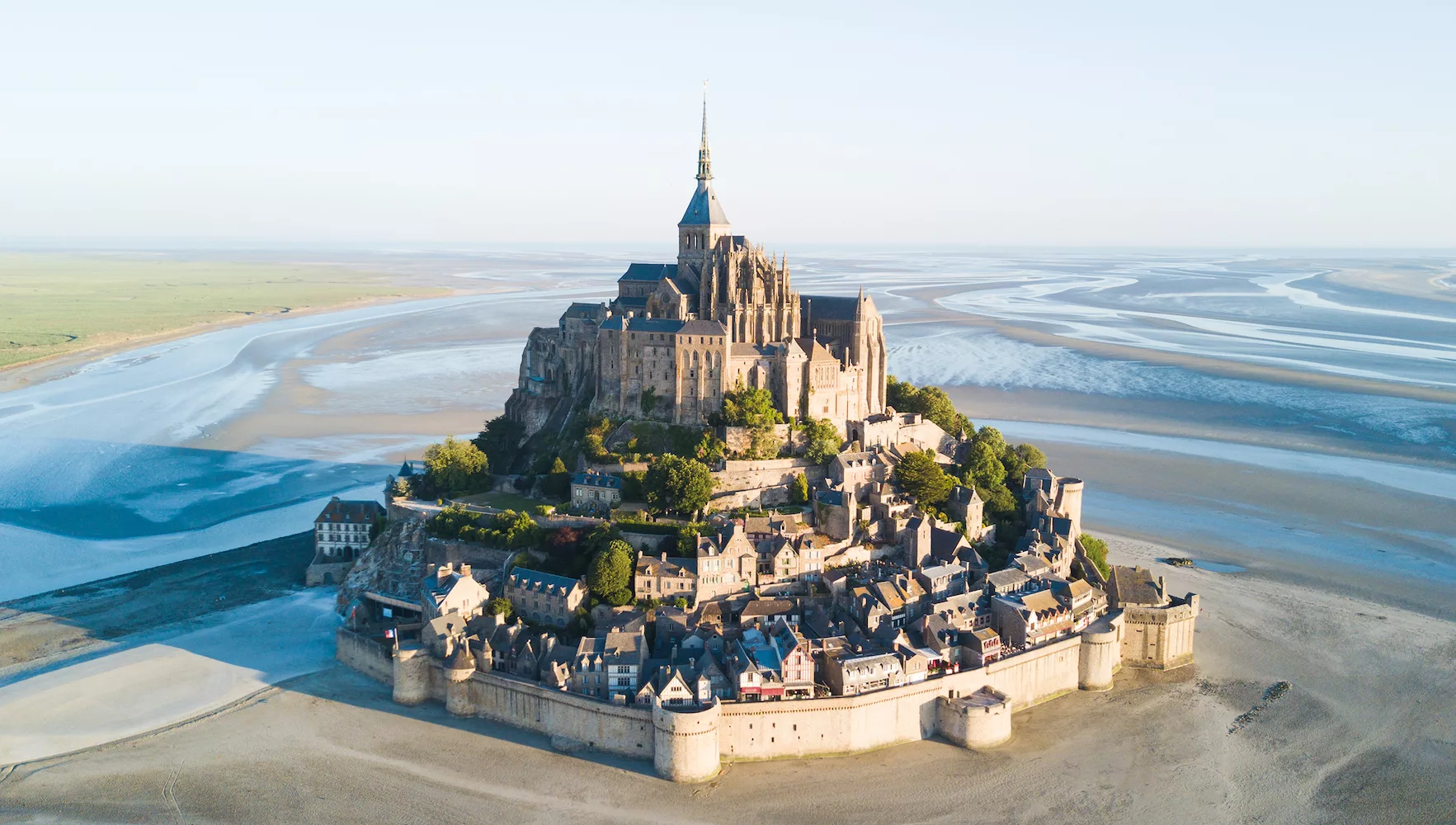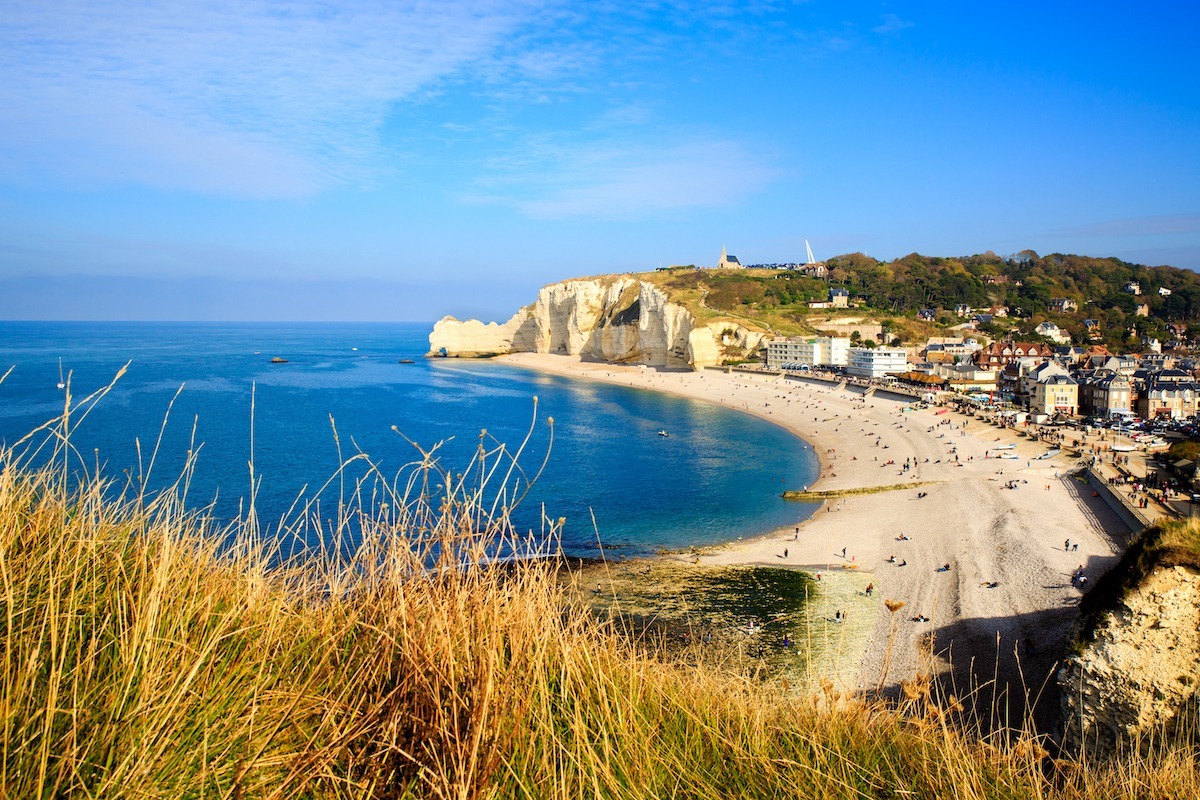When thinking about World War II in France, we often imagine the Allied victory on the beaches of Normandy. Perhaps the photos of Hitler and his Nazi army in front of the Eiffel Tower come to mind. History classes often cover the Second World War’s events in Paris and on D-Day, or Jour J in French. This historically significant event proved to be the largest ever naval, air and land operation at the time, according to the History Channel. But beyond Paris and Normandy, what about the rest of France during World War II? It’s true that northern France has much to be explored in terms of World War II history, but don’t overlook southern France. Here are some important World War II landmarks to visit in southern France.
Category : Normandy
Fall in France 2023: What to See and Do
Fall in France brings out some of the best of the country from the crisp weather and stunning fall colors to special seasonal foods and more. It truly is a wonderful time to visit and you can’t go wrong with almost any region. We’ve identified some of our top picks for what to see and do during fall in France in 2023.
Favorite Family-Friendly Tours in France
When planning a vacation that will be special for the entire family, it’s important to keep in mind specific activities that will be engaging for both young and old. French Side Travel has put together a list of some of our favorite family-friendly tours in France that are sure to make your vacation unforgettable.
The Most Beautiful Beaches in France
With the arrival of the summer travel season just around the corner, now is the perfect time to think about and plan trips to some of the most beautiful beaches in France. The French coastline is sprinkled with fabulous beaches: some in iconic locations like along the Côte d’Azur and others in more unexpected places like Normandy and Brittany. Read on to discover French Side Travel’s list of the most beautiful beaches in France.
Must-See Normandy for History Buffs
Thanks to its historical significance, beautiful scenery, delicious cuisine and proximity to Paris, Normandy is always a top region to visit for travelers in France. The list of historically significant places to visit in Normandy is long, which is why we’ve compiled a selection of the must-see places for history buffs.
What to Do in Normandy in 2023
Normandy is always a popular destination to visit thanks to its fascinating history, lush landscapes, picturesque villages, and unique regional cuisine. The proximity to Paris makes it easy to access and a perfect addition or extension to any trip. Read on for French Side Travel’s guide of what to do in Normandy in 2023 to discover the best of this spectacular region.
Spring Break in France: Our Top Destinations
Spring Break is a popular time to visit France. Mild temperatures, blooming flowers, and fewer crowds than during the summer are just a few of the reasons why it’s a great time to travel. French Side Travel is sharing our top destinations for spending a Spring Break in France that will be a hit with the entire family.
French Side Travel’s Client Favorite Destinations in 2022
French Side Travel clients traveled to all corners of France in an exciting 2022. Visitors experienced the best of various styles and types of travel including history and culture, romance, adventure, and gastronomy to name a few. Read on to discover French Side Travel’s client favorite destinations in 2022.
Winter in France: What to See and Do
While it may come as a surprise, one of the best times to visit France is during the winter months. You can experience the country with less crowds while still taking advantage of all of the rich cultural offerings. In fact, there are numerous food and wine and outdoor and adventure excursions only available in the cooler months. Read on to discover French Side Travel’s picks for what to see and do during the winter in France.
A Weekend Getaway in Normandy
Because of its proximity to Paris, Normandy is a favorite destination for a short trip for visitors and Parisians alike. With much to see and discover, it can satisfy a variety of travelers from foodies and history buffs to adventure seekers and those looking for a romantic setting. Read on to discover how to spend a weekend getaway in Normandy.
Seven Unmissable World War II Sites to See in Normandy
Normandy is a wonderful part of France. It’s dotted with picturesque half-timbered villages and seaside towns and is renowned for its cuisine. The region is perhaps most known for the historically significant D-Day beaches and memorials. We’ve created a list of seven unmissable World War II sites to see in Normandy.

